-
 Bitcoin
Bitcoin $118600
-1.16% -
 Ethereum
Ethereum $3616
-2.94% -
 XRP
XRP $3.174
-10.23% -
 Tether USDt
Tether USDt $1.000
0.01% -
 BNB
BNB $773.4
-0.42% -
 Solana
Solana $189.3
-6.58% -
 USDC
USDC $1.000
0.02% -
 Dogecoin
Dogecoin $0.2406
-10.24% -
 TRON
TRON $0.3098
-1.24% -
 Cardano
Cardano $0.8139
-9.10% -
 Hyperliquid
Hyperliquid $44.01
-2.71% -
 Stellar
Stellar $0.4266
-9.64% -
 Sui
Sui $3.699
-7.29% -
 Chainlink
Chainlink $18.21
-6.60% -
 Hedera
Hedera $0.2465
-9.46% -
 Bitcoin Cash
Bitcoin Cash $512.3
-2.27% -
 Avalanche
Avalanche $24.03
-5.62% -
 Litecoin
Litecoin $112.2
-5.21% -
 UNUS SED LEO
UNUS SED LEO $8.964
-0.26% -
 Shiba Inu
Shiba Inu $0.00001386
-9.81% -
 Toncoin
Toncoin $3.188
-4.76% -
 Ethena USDe
Ethena USDe $1.001
-0.02% -
 Polkadot
Polkadot $4.135
-7.84% -
 Uniswap
Uniswap $10.16
-5.19% -
 Monero
Monero $310.5
-2.84% -
 Bitget Token
Bitget Token $4.702
-2.53% -
 Dai
Dai $0.0000
0.01% -
 Pepe
Pepe $0.00001270
-9.07% -
 Aave
Aave $290.7
-5.84% -
 Bittensor
Bittensor $424.7
-5.28%
What does it mean that the price has been hovering near the middle track of the Bollinger Band for two consecutive weeks?
When the price of a cryptocurrency lingers near the middle Bollinger Band for two weeks, it signals low volatility and market indecision, often preceding a potential breakout.
Jun 29, 2025 at 10:29 am
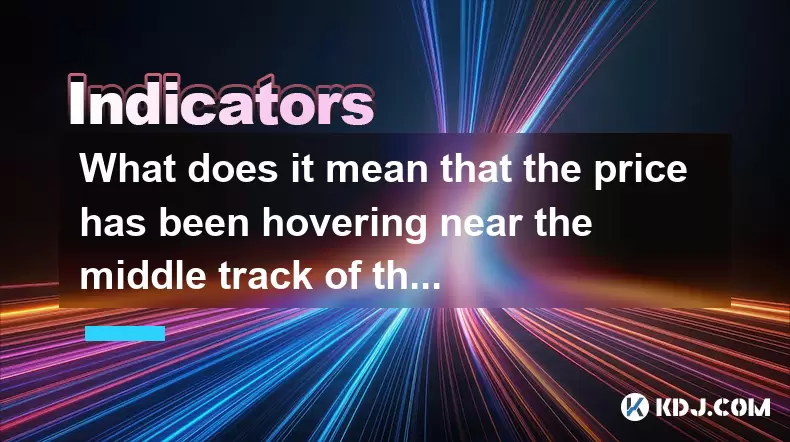
Understanding the Bollinger Band Framework
The Bollinger Bands are a widely used technical analysis tool in cryptocurrency trading. They consist of three lines: a simple moving average (SMA) in the center, and two outer bands that represent standard deviations above and below the SMA. These bands dynamically adjust to price volatility, expanding during periods of high volatility and contracting when the market is calm.
When traders refer to the middle track, they're talking about the central moving average line—usually a 20-period SMA. If the price remains close to this middle band for an extended period, it suggests a lack of strong directional momentum. In the context of cryptocurrency markets, where volatility is typically high, such a pattern may indicate consolidation or indecision among market participants.
Key Insight: The middle band acts as both support and resistance depending on the current trend and volatility levels.
What Does It Mean When Price Hovers Around the Middle Band?
If the price of a cryptocurrency has been hovering near the middle track of the Bollinger Band for two consecutive weeks, it implies that the asset is experiencing low volatility and lacks a clear trend. This behavior can be interpreted in several ways:
- Market Indecision: Traders and investors are not showing strong conviction in either a bullish or bearish direction.
- Range-Bound Market: The price is likely oscillating within a defined range, with neither buyers nor sellers gaining control.
- Potential Breakout Preparation: Extended time near the middle band might precede a breakout once volatility resumes.
This phenomenon is particularly relevant in crypto due to the tendency of digital assets to swing between high volatility and consolidation phases.
Implications of Two Weeks Near the Middle Band
A two-week duration of price action hugging the middle band is significant in short-term trading cycles, especially in fast-moving crypto markets. This timeframe allows traders to assess whether the asset is entering a phase of structural change or merely pausing before resuming a prior trend.
Here's what could be happening behind the scenes:
- Reduced Trading Volume: A drop in volume often accompanies price stagnation around the middle band.
- Absence of News Catalysts: Major announcements or macroeconomic events can drive prices toward the upper or lower bands. Their absence may result in neutral price movement.
- Algorithmic Trading Patterns: Automated systems may be operating within tight ranges, keeping prices compressed.
In this state, the Bollinger Bands tend to narrow, signaling decreasing volatility and setting the stage for a potential sharp move once a breakout occurs.
How to Interpret This Pattern in Cryptocurrency Charts
For traders analyzing charts, identifying when the price lingers around the middle Bollinger Band for an extended period involves more than just visual confirmation. Here’s how you can break it down step by step:
- Zoom into the Timeframe: Use daily or 4-hour charts to observe the consistency of price proximity to the middle line.
- Overlay Volume Indicators: Check if volume has declined alongside the narrowing bands.
- Compare Historical Volatility: Look at past instances where the price hovered around the middle band and note subsequent movements.
- Watch for Band Contraction: As the bands tighten, prepare for a possible expansion phase.
- Identify Key Support/Resistance Levels: Determine if nearby horizontal levels align with the current consolidation zone.
These steps help in confirming whether the consolidation is temporary or part of a larger market shift.
Strategies for Trading During This Period
Traders who notice the price staying near the middle track of the Bollinger Band for two weeks can adopt several strategies depending on their risk tolerance and market outlook:
- Range Trading: Buy near the middle band if previous swings suggest it acts as support, and sell near resistance within the range.
- Breakout Trading: Place pending orders above the upper band and below the lower band to catch the next move once the price breaks out.
- Volatility Compression Play: Use options or volatility-based instruments to benefit from expected increases in price swings.
- Wait-and-Watch Approach: Avoid entering until a clear direction emerges to reduce the risk of false breakouts.
Each strategy requires careful backtesting and monitoring of real-time conditions, especially in volatile crypto environments.
Frequently Asked Questions
Q1: Can the middle Bollinger Band act as dynamic support or resistance?
Yes, the middle band often serves as a dynamic support or resistance level, especially during sideways or corrective phases. In trending markets, it can also function as a re-entry point for trend-following traders.
Q2: What should I do if the price stays near the middle band but the bands are widening?
If the bands are expanding while the price remains near the middle, it indicates increasing volatility. This scenario often precedes a strong directional move. Traders should prepare for a breakout by monitoring volume and order flow.
Q3: Is it reliable to base trading decisions solely on Bollinger Bands?
No single indicator should be used in isolation. Combining Bollinger Bands with other tools like RSI, MACD, or volume profiles enhances accuracy. Contextual factors like news, exchange listings, or macro trends also play crucial roles.
Q4: How long is considered a "long time" near the middle Bollinger Band?
While there’s no fixed rule, anything beyond 10–15 candles on a daily chart is generally seen as an extended period. In crypto, due to its 24/7 nature, two weeks of consolidation around the middle band is a meaningful signal worth noting.
Disclaimer:info@kdj.com
The information provided is not trading advice. kdj.com does not assume any responsibility for any investments made based on the information provided in this article. Cryptocurrencies are highly volatile and it is highly recommended that you invest with caution after thorough research!
If you believe that the content used on this website infringes your copyright, please contact us immediately (info@kdj.com) and we will delete it promptly.
- Score Big This Season with the BetMGM Bonus Code: Your Ticket to MLB Bonus Bets!
- 2025-07-24 06:50:12
- Bitcoin: From Digital Gold Rush to Evolving Asset Class
- 2025-07-24 06:50:12
- Shiba Inu's $1 Dream: Major Hurdles and Community-Driven Hope
- 2025-07-24 06:30:13
- Ethereum, Altcoins, and BlockDAG: Navigating the Crypto Landscape
- 2025-07-24 06:30:13
- Dogecoin's Resistance Retest: Parabolic Move on the Horizon?
- 2025-07-24 04:50:13
- WLFI, Vaulta Token, and Holdings: Navigating the Web3 Revolution
- 2025-07-24 05:30:13
Related knowledge
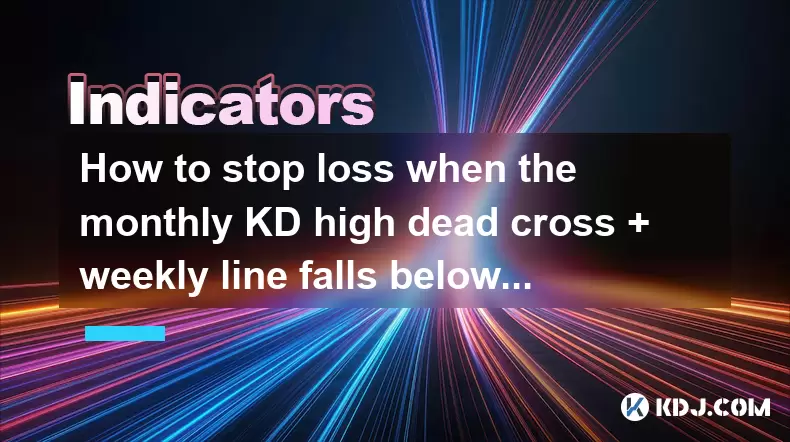
How to stop loss when the monthly KD high dead cross + weekly line falls below the 20-week line + daily line pulls back on the 5-day line?
Jul 24,2025 at 07:00am
Understanding the Indicators: KD, Weekly, and Daily Moving AveragesWhen traders analyze cryptocurrency price movements, they often rely on technical i...
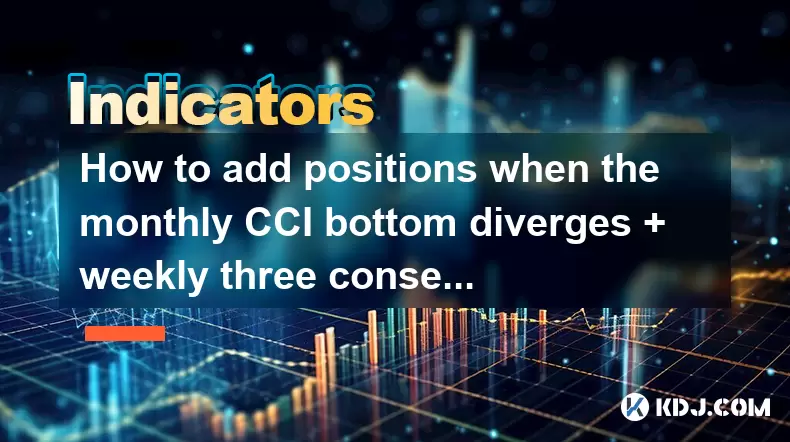
How to add positions when the monthly CCI bottom diverges + weekly three consecutive Yang + daily line gap is not filled?
Jul 24,2025 at 05:22am
Understanding the Monthly CCI Bottom DivergenceWhen analyzing the monthly CCI bottom divergence, traders are identifying a potential reversal signal i...
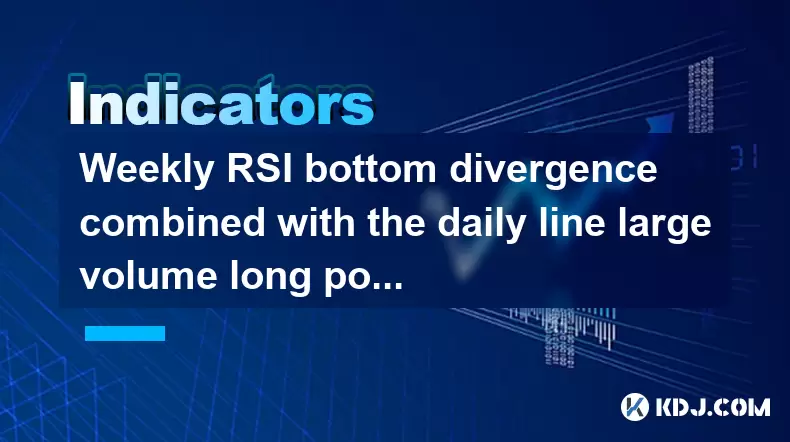
Weekly RSI bottom divergence combined with the daily line large volume long positive start signal
Jul 24,2025 at 05:28am
Understanding RSI Bottom Divergence in Cryptocurrency TradingIn the context of cryptocurrency trading, RSI bottom divergence is a powerful technical s...
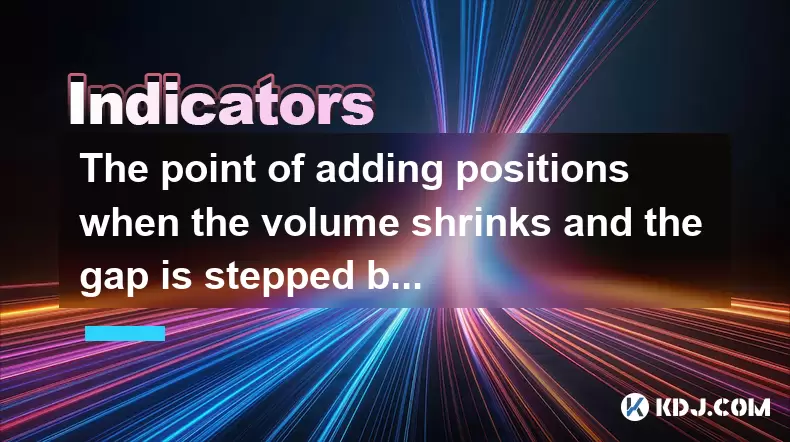
The point of adding positions when the volume shrinks and the gap is stepped back after the gap is jumped
Jul 24,2025 at 04:56am
Understanding the Gap Jump Phenomenon in Cryptocurrency TradingIn cryptocurrency trading, a gap jump occurs when the price of a digital asset opens si...
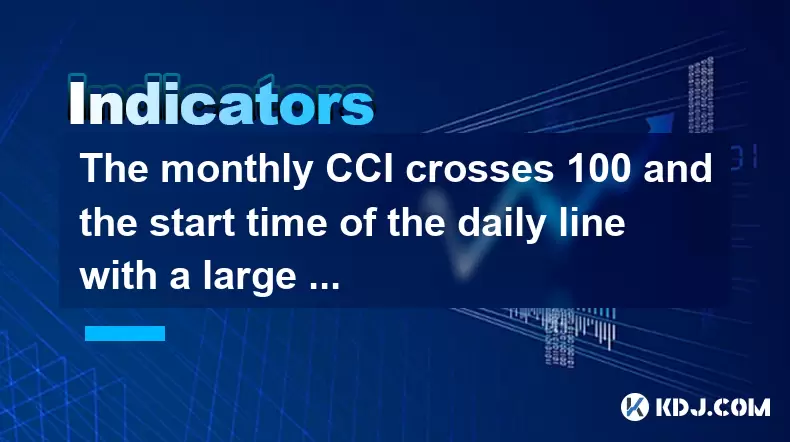
The monthly CCI crosses 100 and the start time of the daily line with a large volume positive line
Jul 24,2025 at 03:56am
Understanding the Monthly CCI Indicator and Its Significance at 100The Commodity Channel Index (CCI) is a momentum-based oscillator used to identify o...
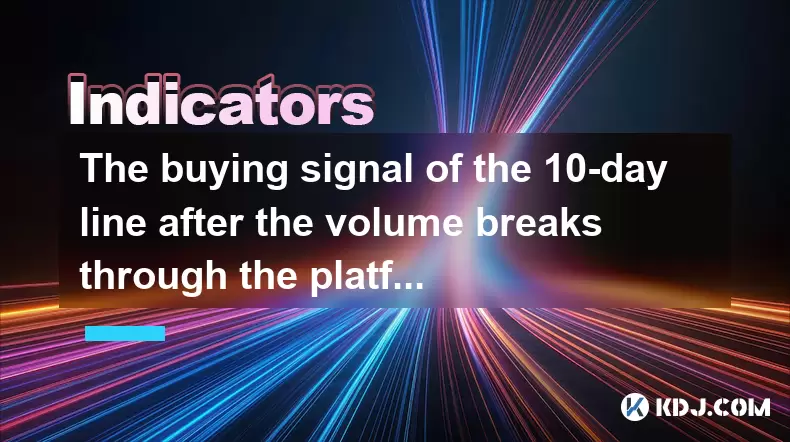
The buying signal of the 10-day line after the volume breaks through the platform
Jul 24,2025 at 06:00am
Understanding the 10-Day Moving Average in Cryptocurrency TradingIn cryptocurrency trading, moving averages are essential tools for identifying trends...

How to stop loss when the monthly KD high dead cross + weekly line falls below the 20-week line + daily line pulls back on the 5-day line?
Jul 24,2025 at 07:00am
Understanding the Indicators: KD, Weekly, and Daily Moving AveragesWhen traders analyze cryptocurrency price movements, they often rely on technical i...

How to add positions when the monthly CCI bottom diverges + weekly three consecutive Yang + daily line gap is not filled?
Jul 24,2025 at 05:22am
Understanding the Monthly CCI Bottom DivergenceWhen analyzing the monthly CCI bottom divergence, traders are identifying a potential reversal signal i...

Weekly RSI bottom divergence combined with the daily line large volume long positive start signal
Jul 24,2025 at 05:28am
Understanding RSI Bottom Divergence in Cryptocurrency TradingIn the context of cryptocurrency trading, RSI bottom divergence is a powerful technical s...

The point of adding positions when the volume shrinks and the gap is stepped back after the gap is jumped
Jul 24,2025 at 04:56am
Understanding the Gap Jump Phenomenon in Cryptocurrency TradingIn cryptocurrency trading, a gap jump occurs when the price of a digital asset opens si...

The monthly CCI crosses 100 and the start time of the daily line with a large volume positive line
Jul 24,2025 at 03:56am
Understanding the Monthly CCI Indicator and Its Significance at 100The Commodity Channel Index (CCI) is a momentum-based oscillator used to identify o...

The buying signal of the 10-day line after the volume breaks through the platform
Jul 24,2025 at 06:00am
Understanding the 10-Day Moving Average in Cryptocurrency TradingIn cryptocurrency trading, moving averages are essential tools for identifying trends...
See all articles

























































































